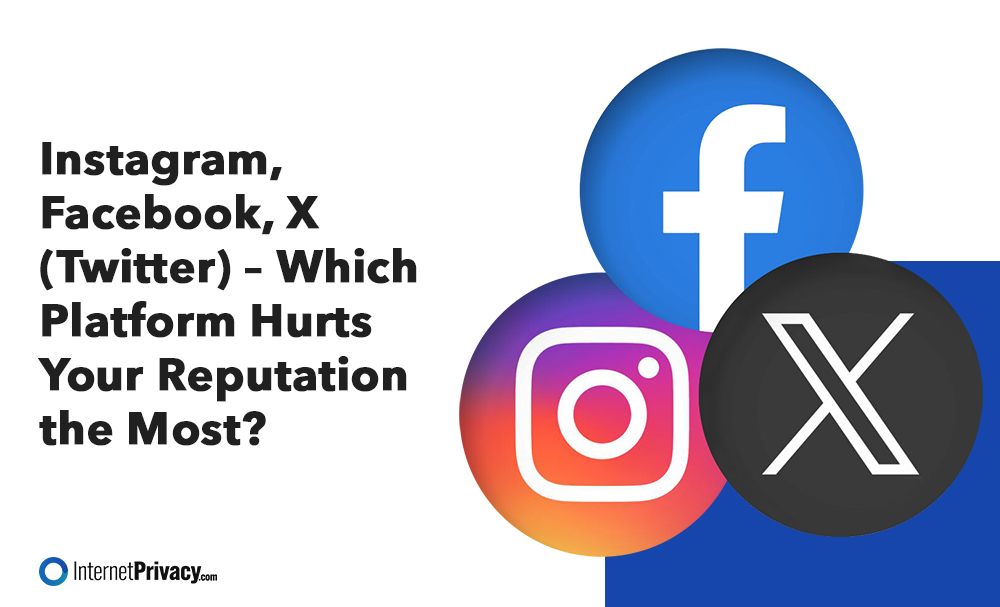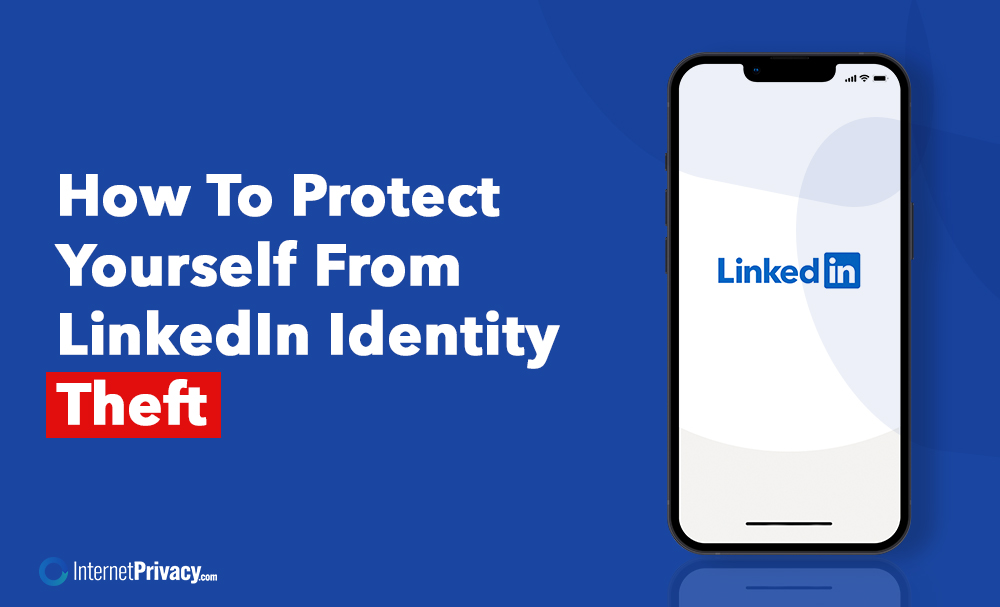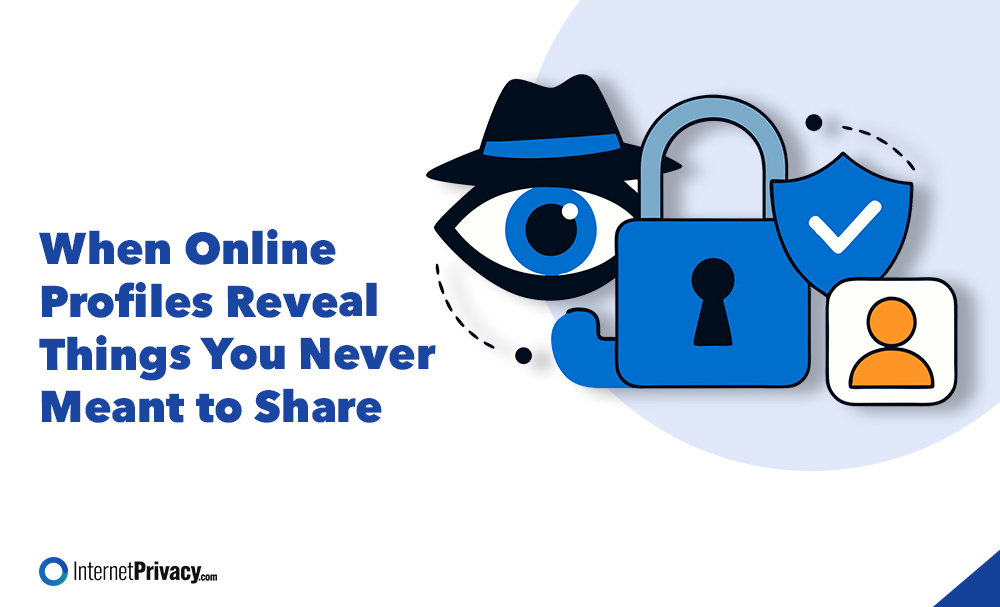Instagram, Facebook, X (Twitter) – Which Platform Hurts Your Reputation the Most?

Reputation is a powerful force, often defining how a person or company is judged in the market, in personal life, and across public platforms. In the online world, few spaces influence reputation more than social media.
Platforms like Instagram, Facebook, and X (Twitter) each shape how the public perceives us. Understanding how these platforms work can help individuals and companies protect their image and public esteem.
The Purpose of Social Media and Its Role in Reputation
Social media isn’t just about connection, visibility, feedback, and storytelling. Like a lead single on a new album, your posts are often the first thing people see. For brands, it sets the tone for what customers expect from your quality, values, and communication style.
These platforms allow companies and individuals to grow their community, capture attention, and secure trust. But that same visibility opens the door to judgment, misinterpretation, and bad reputation. The wrong post, video, or comment can quickly cause a reputational setback, significantly if amplified by trending discussions or viral shares.
As companies expand their digital presence, the importance of effective reputation management grows. Customers turn to social media profiles as often as company websites to judge credibility. Your online behavior is viewed as a reflection of your brand’s values, trustworthiness, and long-term vision.
Instagram: A Platform Built on Image
Instagram plays a critical role in shaping perception through visual content. High-quality photos, curated videos, and polished aesthetics help build a good reputation. Brands use Instagram to craft a story that connects with their target audience.
However, the platform leaves little room for error. A poorly received image, insensitive caption, or off-brand collaboration can result in negative feedback, trolling, or loss of credibility. Social media reviews and comments travel quickly, influencing how consumers view the company’s products, values, and leadership.
To manage Instagram effectively:
- Maintain consistency in tone, color palette, and visual identity.
- Engage with your audience respectfully and authentically.
- Monitor comments and respond quickly to criticism coming from followers.
- Use monitoring tools to protect and track your reputation.
Instagram’s visual nature amplifies both brand engagement’s positive and negative sides. A single post can reinforce a company’s reputation or open the door to a bad reputation narrative that spreads across other platforms.
Facebook: Where Community and Conversation Collide
Facebook functions as a space where conversations unfold in threads, groups, and shared posts. It deeply integrates with the community, life updates, and long-form storytelling. Customers form opinions about a brand based on how it interacts with its audience and responds to real-time feedback.
The platform’s algorithm amplifies content that receives engagement, which can either build a brand’s visibility or damage it depending on the tone of those interactions. A single thread of complaints, unanswered questions, or off-topic banter can spiral into reputational damage.
To protect your company’s reputation on Facebook:
- Respond to reviews and comments with empathy and professionalism.
- Create content that reflects your brand’s mission and core values.
- Use social listening tools to identify recurring issues and insights.
- Ensure departments are aligned in their messaging and customer response strategies.
The long lifespan of Facebook posts, combined with its large user base, means that missteps linger and can resurface during future marketing campaigns. Building a community here requires intentional engagement and consistent reputation management.
X (Twitter): The Fast-Paced Feedback Loop
X (Twitter) is quick, sharp, and public. A single word, lyric, or tweet can define a person’s or a brand’s entire character. The platform rewards boldness but punishes carelessness. Tweets are often judged without context, and their short format makes nuance difficult.
Reputation risks on X (Twitter) are often tied to the platform’s virality. A tweet that goes viral for the wrong reasons—such as tone-deaf humor, miscommunication, or political commentary—can provoke widespread criticism and negative media attention.
To succeed on X (Twitter):
- Be intentional and concise in your messaging.
- Understand your audience’s expectations and sensitivities.
- Avoid conflicts unless your brand is ready to stand by its position.
- Use crisis communication plans to manage unexpected backlash.
X(Twitter) requires brands to balance confidence with humility. Responding quickly and honestly to criticism is essential in avoiding a more profound reputational crisis.
Reputation Across Platforms: A Comparative View
Each platform has unique characteristics that impact reputation in different ways. Instagram’s visuals can foster unrealistic comparisons and scrutiny. Facebook’s comment threads often reveal gaps in customer service or product performance. X’s (Twitter)speed amplifies public backlash.
The challenge for companies is to create a cross-platform reputation management strategy. This includes:
- Identifying where your target audience is most active.
- Using insights to shape tone and content on each platform.
- Creating internal systems for rapid response and escalation.
- Maintaining consistent brand voice while tailoring messaging per channel.
The result is a more substantial online presence that supports customer acquisition, brand loyalty, and a positive reputation that sustains market value.
Risks of Ignoring Reputation Management
Failing to manage your social media reputation actively can result in more than just negative perceptions. It can lead to loss of revenue, decreased employee retention, lowered customer satisfaction, and long-term damage to your brand’s standing.
Negative reviews and online criticism may:
- Appear in search engines, influencing potential customers.
- Create poor perception among prospective employees.
- Influence investor confidence or public stock price.
A bad reputation online affects everything from marketing campaigns to shareholder value. Building systems that identify, respond to, and learn from online feedback is not optional—it’s critical to sustainable business growth.
Conclusion: How to Protect and Grow Your Reputation Online
Managing your reputation across social media platforms is about more than avoiding mistakes. It’s about clarity, control, and consistency. Every post is part of your brand story. Every comment shapes how you’re perceived in the public eye.
Companies and individuals must:
- Understand the unique risks of each platform.
- Use social listening tools and monitoring software to adapt in real-time.
- Engage with transparency and intention.
- Align all content with long-term brand goals and messaging.
Your reputation is a living system—shaped by the past, judged in the present, and essential to your future. By owning how you’re seen on Instagram, Facebook, and X (Twitter), you can build trust, increase visibility, and maintain the public esteem that supports business success.





